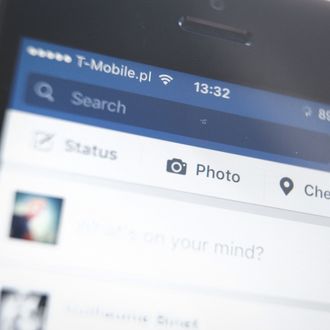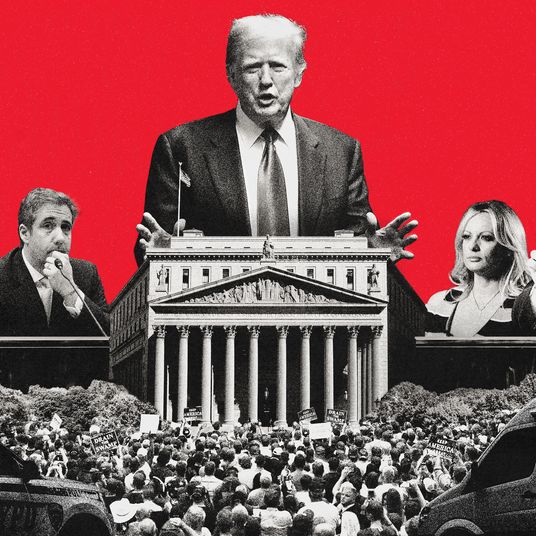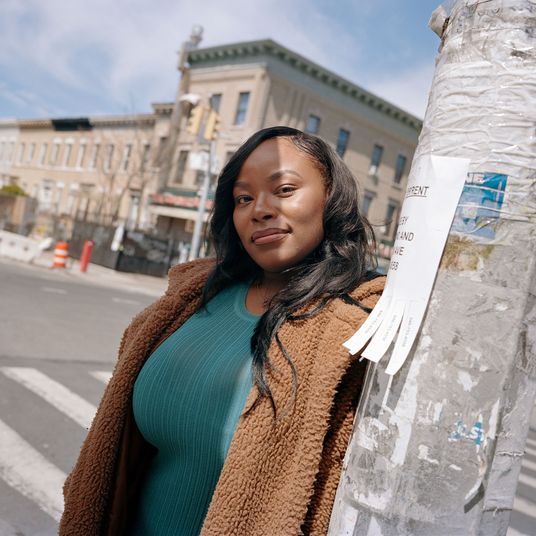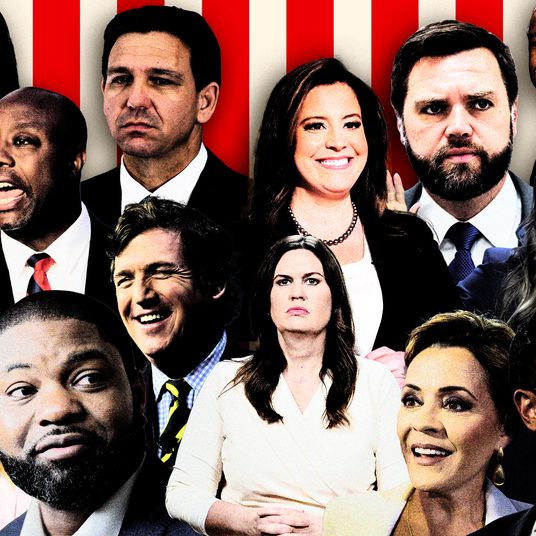
A new report from the Pew Research Center published yesterday reveals vast differences in how black and white audiences experience issues concerning race on social media. According to the study, “In general, Americans are much more likely to see posts related to race or race relations than they are to personally post or share race-related content. Even so, roughly four-in-ten social media users indicate that at least a few of the posts they share are related to racial issues.”
Within the findings, however, lie substantial differences. Sixty-eight percent of black users surveyed said that most or some of the social-media content they saw pertained to race, whereas only 35 percent of white respondents said the same. Overall, “Social media users who regularly have conversations about race tend to see and share more race-related content on social networking sites.” This is likely a product of two main factors.
First is the filter bubble that users construct for themselves — if you’re white and have mostly white friends, you’ll likely hear and say less about race relations. “[E]ven among black social media users who say they rarely or never discuss race relations or racial inequality,” the report states, “a majority (55%) state that most or some of the posts they see on social media pertain to race or race relations.”
Second is the algorithmic sorting on sites like Facebook, which serve up what they believe is most relevant to the user. If a user talks about race more or signals interest in posts related to the topic, they’ll see posts about race more often. If they talk about it less, the opposite occurs.
On Twitter, discussion of race tends to follow prominent events like last year’s Charleston church shooting and the deaths of Freddie Gray and Sandra Bland. Current events often drive social-media conversation. Statistically, there is obvious indication that much of the discussion is driven by black users. Use of the #BlackLivesMatter hashtag outpaces its counterpart, #AllLivesMatter, eight to one. According to Pew, only 11 percent of tweets using the former do so to criticize the movement.
What can be done to bridge this type of divide comes in a variety of forms. For users, it might mean following and friending a more diverse set of people. For tech companies, it might mean making a greater effort to show users things that are new instead of simply things that are familiar. But regardless of where the change happens, it needs to be active, not passive.





























